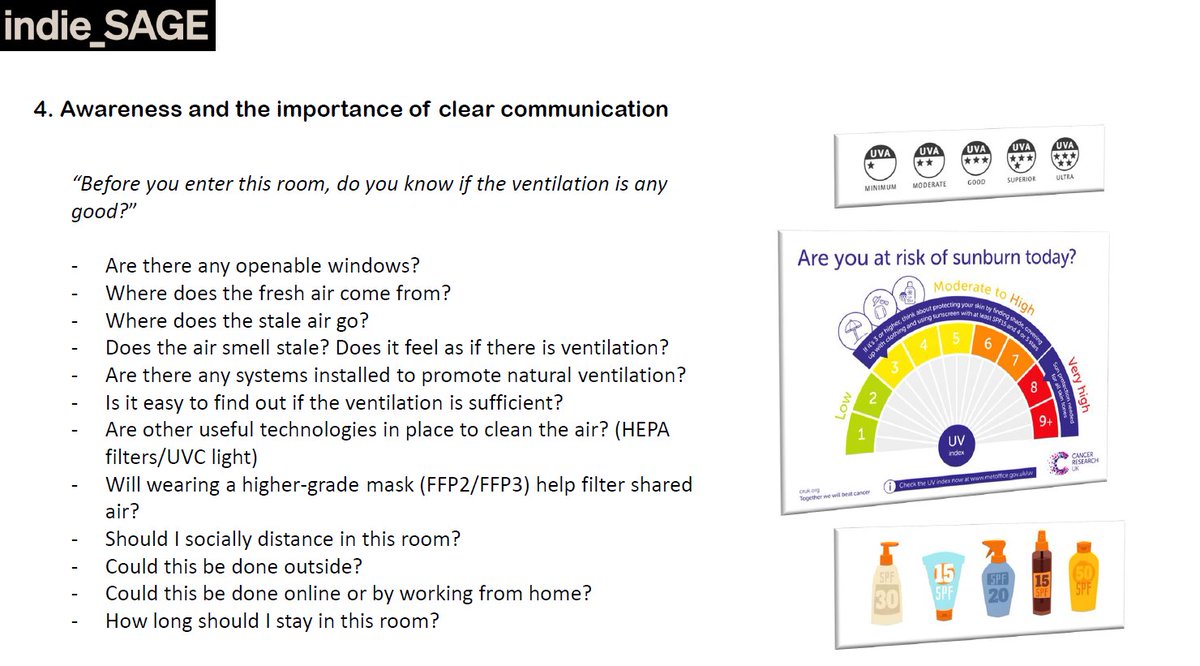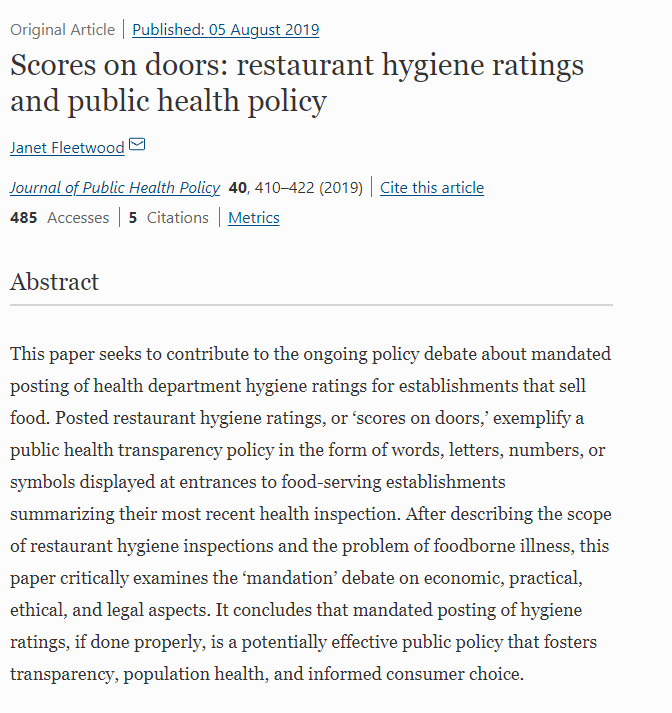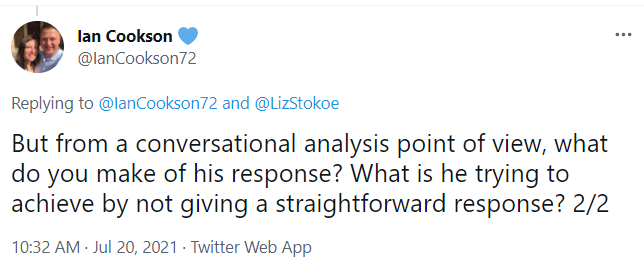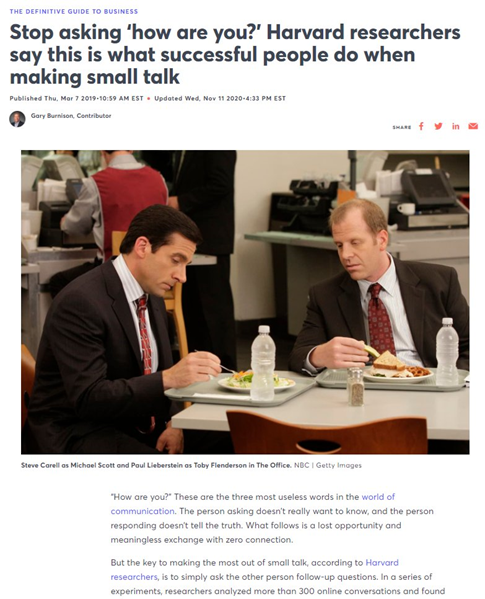
After last week's focus on the science of mechanical and natural #ventilation, today's @IndependentSage briefing focused on its translation into a non-technical #communication #messaging 'proof of concept' scheme.
Full report ➡️ bit.ly/3BrFD5j
1. Summary⬇️
Full report ➡️ bit.ly/3BrFD5j
1. Summary⬇️

2. The proposed scheme brings together two familiar visual systems: i) the international energy labelling system and ii) icons.
It also builds on previous proposed schemes and the kinds of infographics we’ve seen over the last 18 months
e.g., bmj.com/content/370/bm…
It also builds on previous proposed schemes and the kinds of infographics we’ve seen over the last 18 months
e.g., bmj.com/content/370/bm…

3. NB. Ventilation is complex - as is making decisions about the behavioural mitigations needed following the assessment of any given space - so any such scheme must be underpinned by ventilation and aerosol expertise ... 

4. ... but it’s also the case that loads of assessments in loads of organizations have already been done - or are being done now - and the results are communicated to users clearly, badly, or not at all.
The proposed scheme would involve *something like* this:
The proposed scheme would involve *something like* this:

5. Clear, concise, trustworthy, timely and ‘enact-able’ (i.e., translating into behaviours) has been a constant problem in the UK govt's messaging.
For example, in August 2021 a YouGov poll found that people thought handwashing was more important than face-coverings.
For example, in August 2021 a YouGov poll found that people thought handwashing was more important than face-coverings.

6. Lots of brilliant scientists have recommended and called for investment in ventilation since the start of the pandemic and earlier, of course, since it is an established public health tool. We link to several ventilation standards in the paper. e.g., raeng.org.uk/publications/r…
7. As the science about the airborne nature of Covid-19 emerged, non-technical messages began to get traction, including via ‘fresh air’ campaigns such as @hughes_eilir's #HandsFaceSpaceReplace
The UK government added ‘fresh air’ in March 2021.
The UK government added ‘fresh air’ in March 2021.
https://twitter.com/LizStokoe/status/1428714409778634754
8. Addressing the issue of poor ventilation is included in the UK government’s ‘Autumn and Winter Plan 2021.’
However, we don’t have a plan to provide standardized non-technical information about the ventilation (or lack) of indoor spaces and what (not) to do as a result.
However, we don’t have a plan to provide standardized non-technical information about the ventilation (or lack) of indoor spaces and what (not) to do as a result.
9. There are several short and longer term advantages of working towards a transparent and standardized information or messaging and certification scheme: 

10. Awareness is key.
The scheme will help people to understand what questions to ask and eventually the technical terminology (e.g., ‘air changes per hour’) will seep into everyday language - much like terms like ‘UV’ and ‘SPF 15’ are well established in our daily lexicon.
The scheme will help people to understand what questions to ask and eventually the technical terminology (e.g., ‘air changes per hour’) will seep into everyday language - much like terms like ‘UV’ and ‘SPF 15’ are well established in our daily lexicon.

11. Formalizing any scheme could be important: research on the impact of displaying food hygiene certificates shows that “after mandating postings, hygiene levels improve” but “that if posting isn’t mandated the poorly rated establishments do not post.” 

12. So, what would this kind of scheme look like out there in the real world?
Maybe a bit like this ...
Maybe a bit like this ...

14. Such a scheme would be useful not just during the current coronavirus pandemic but into the future, since good ventilation is so important for public health. 

15. Watch the briefing, with great examples and information from Janet Newsham @hazardscampaign Tracy Edwards @PCSCommercial & @hughes_eilir freshair.wales interviewed by @ReicherStephen
🧵 end.
🧵 end.
• • •
Missing some Tweet in this thread? You can try to
force a refresh























